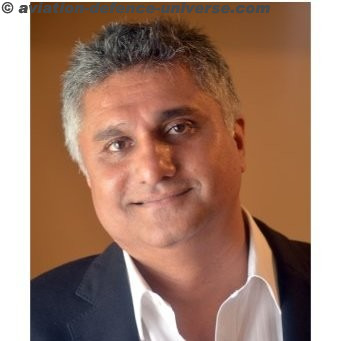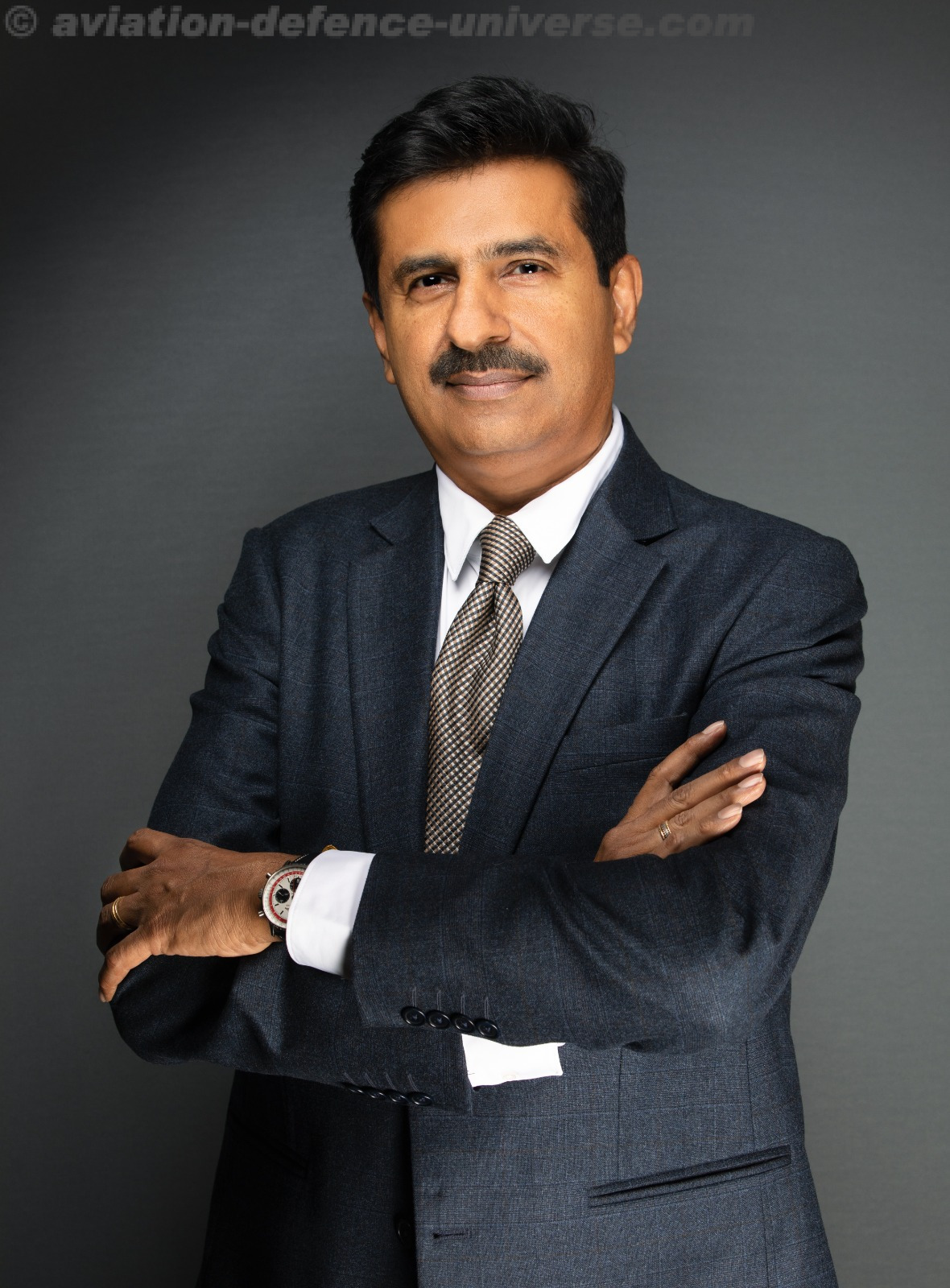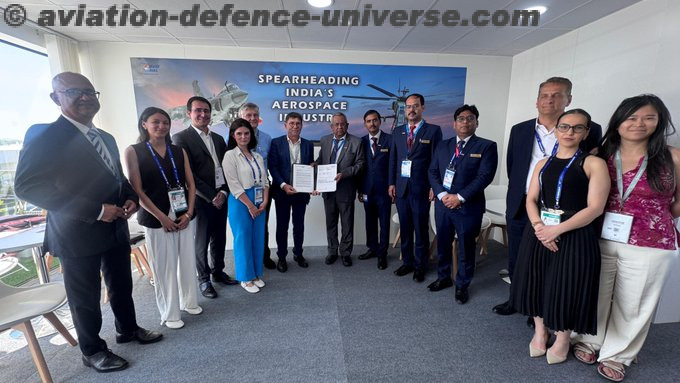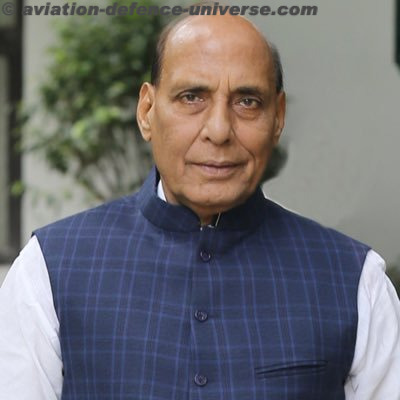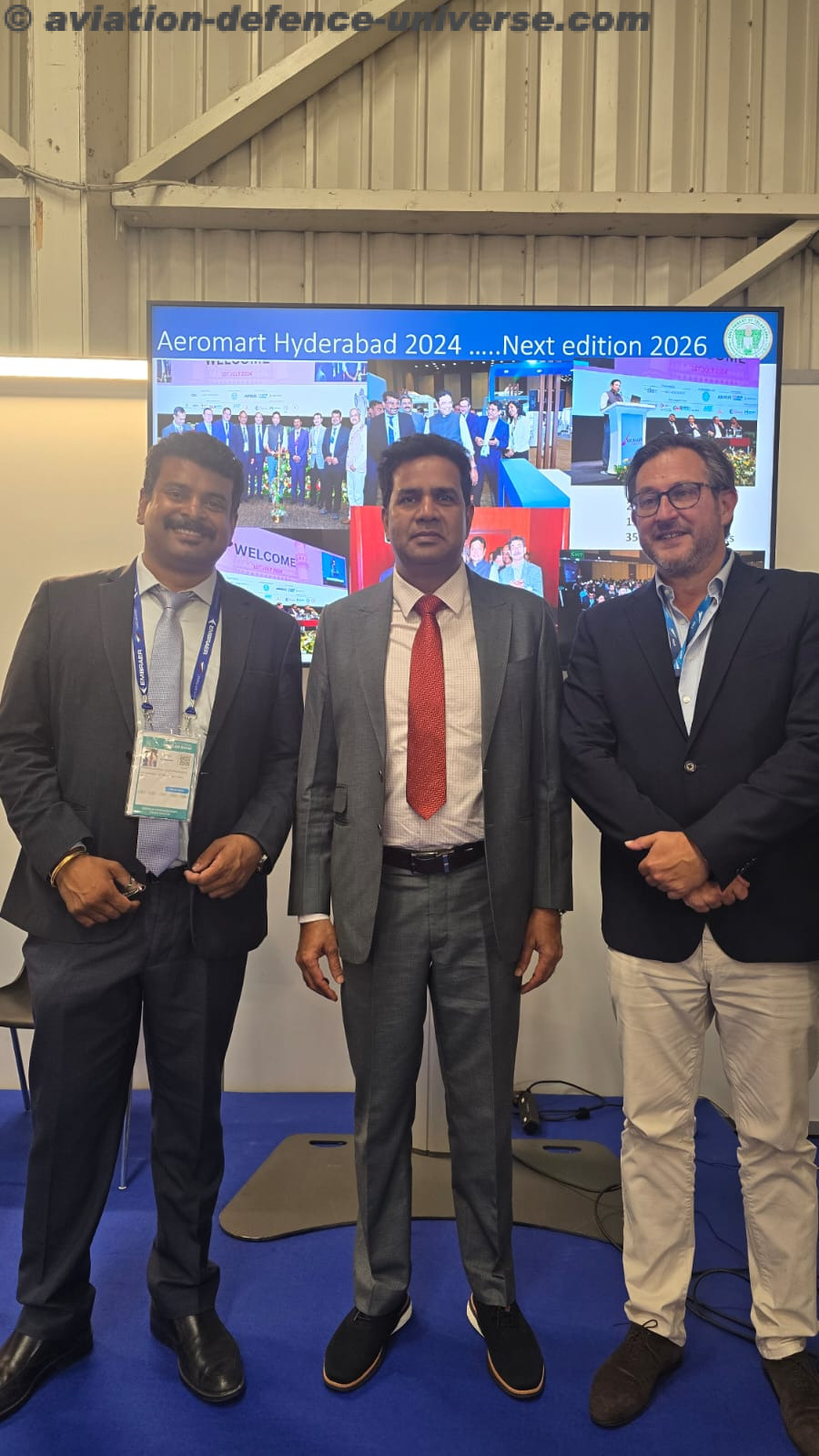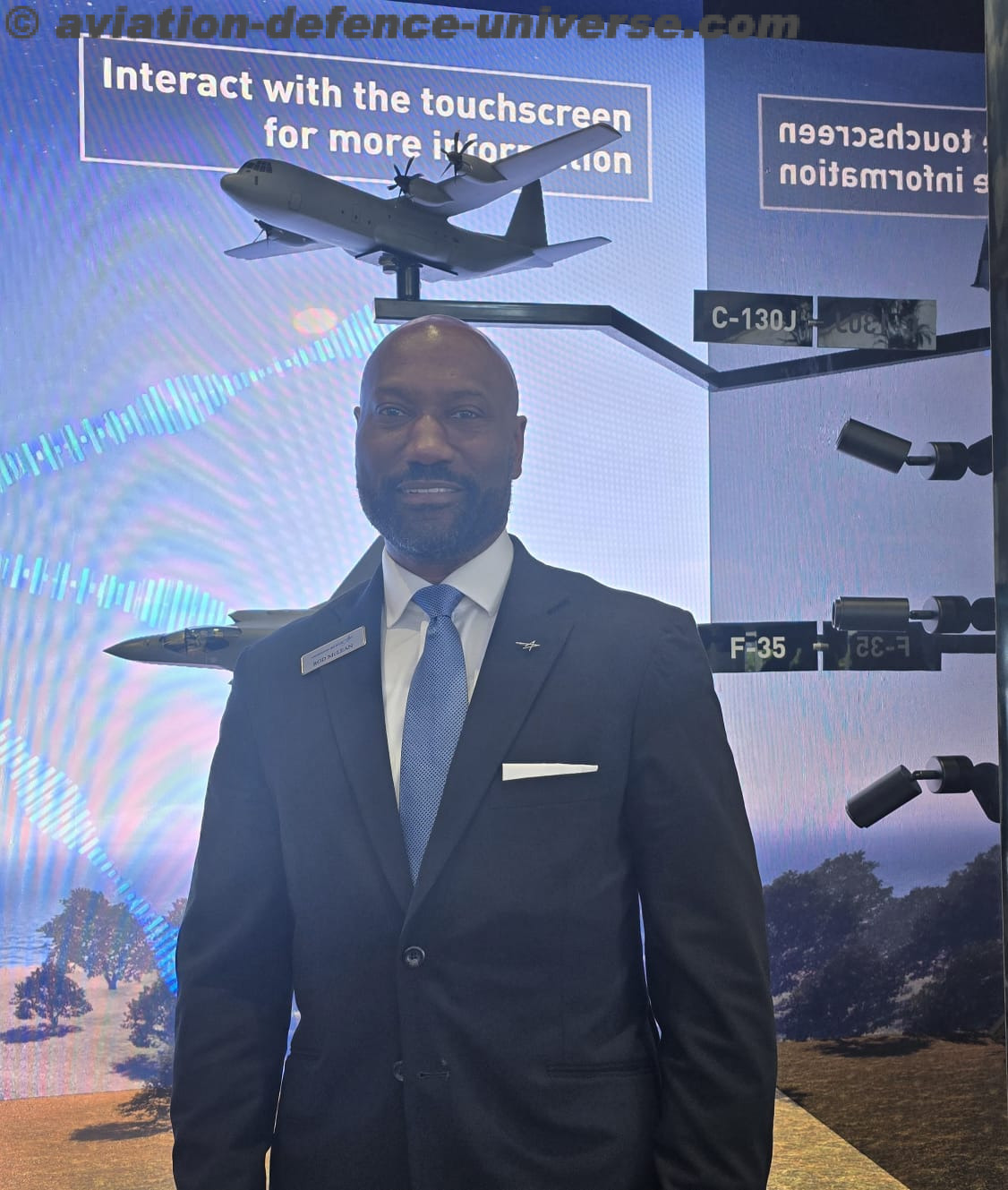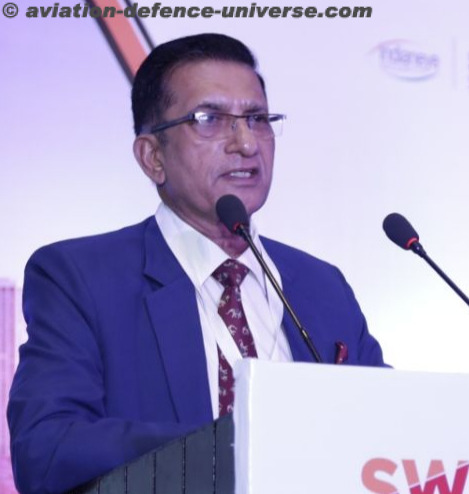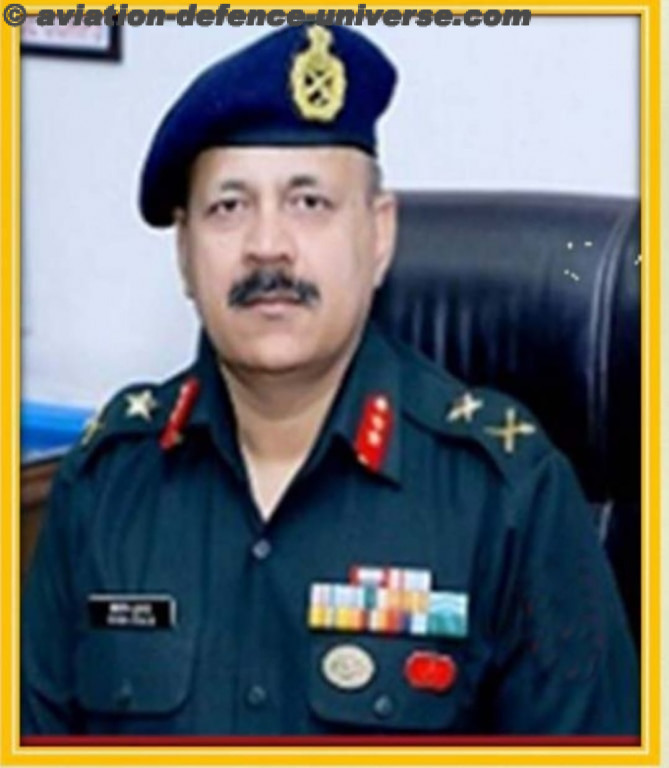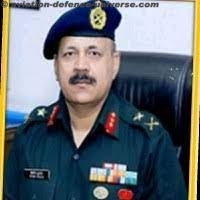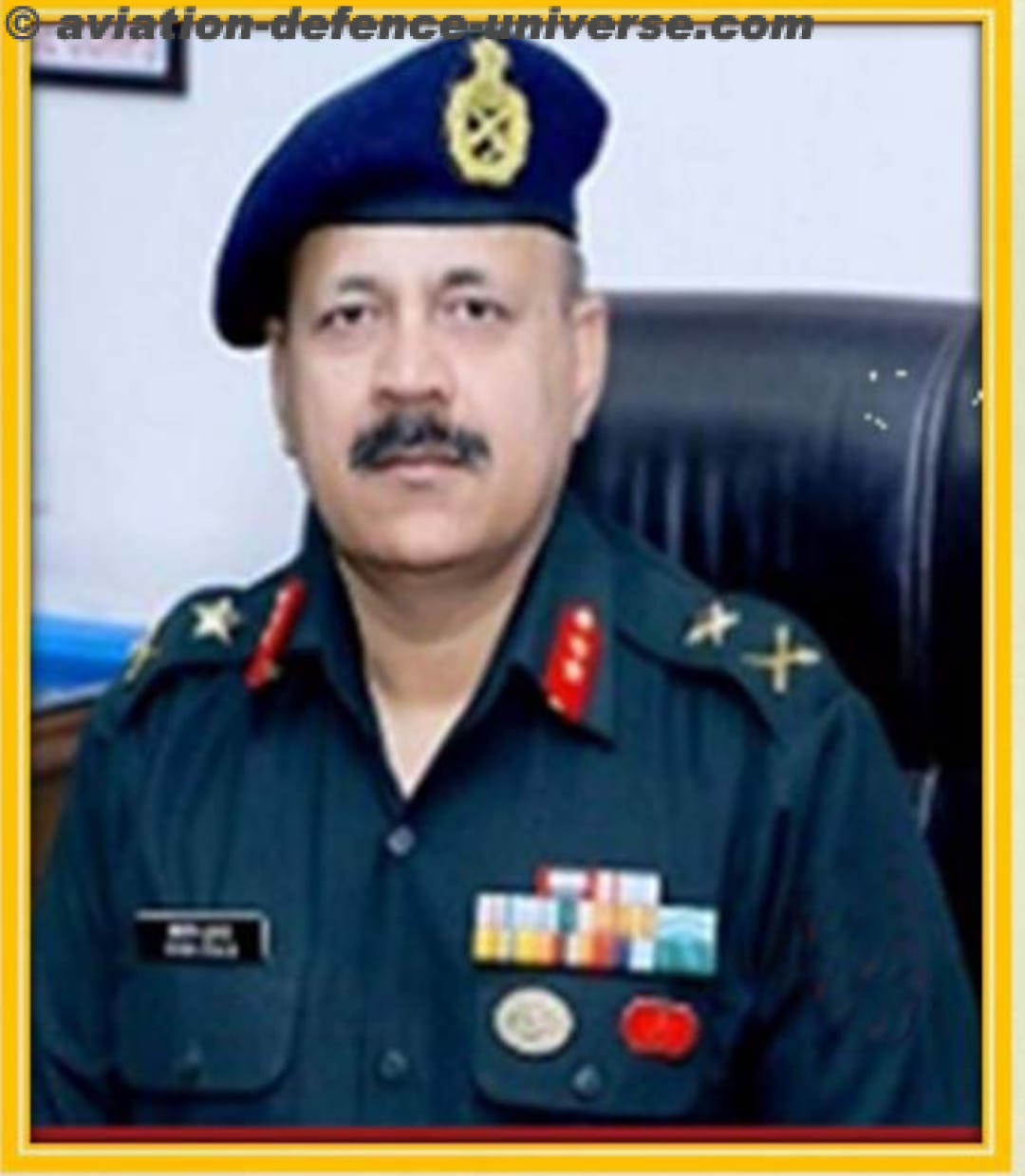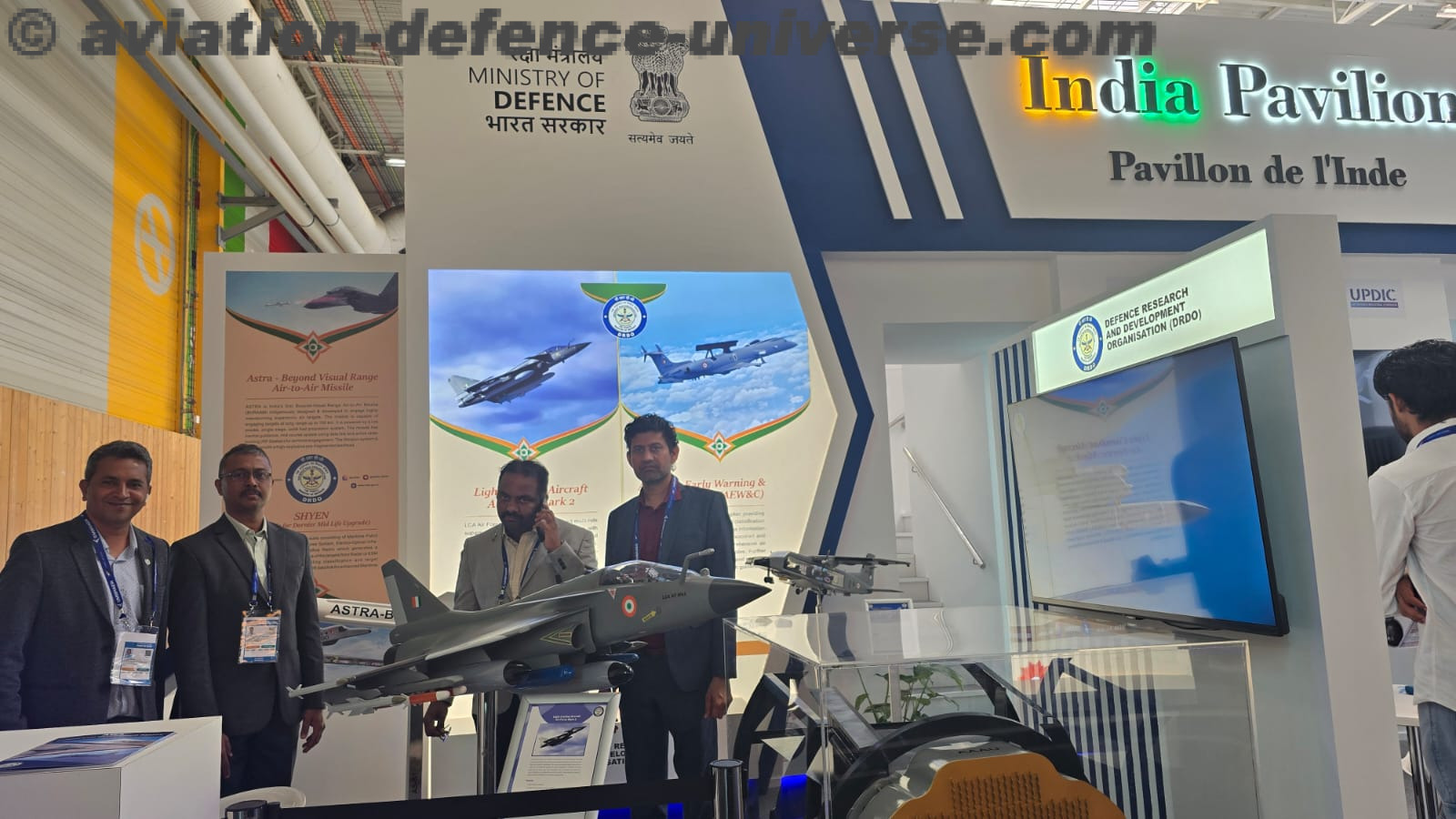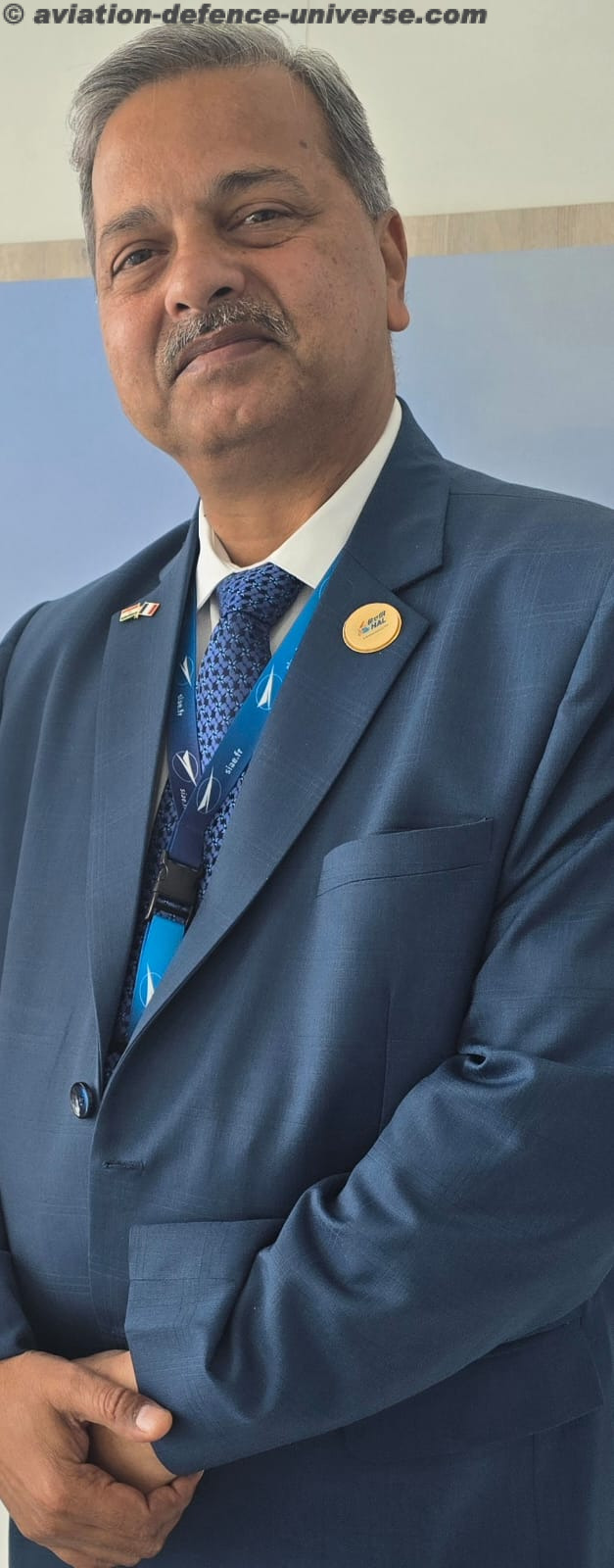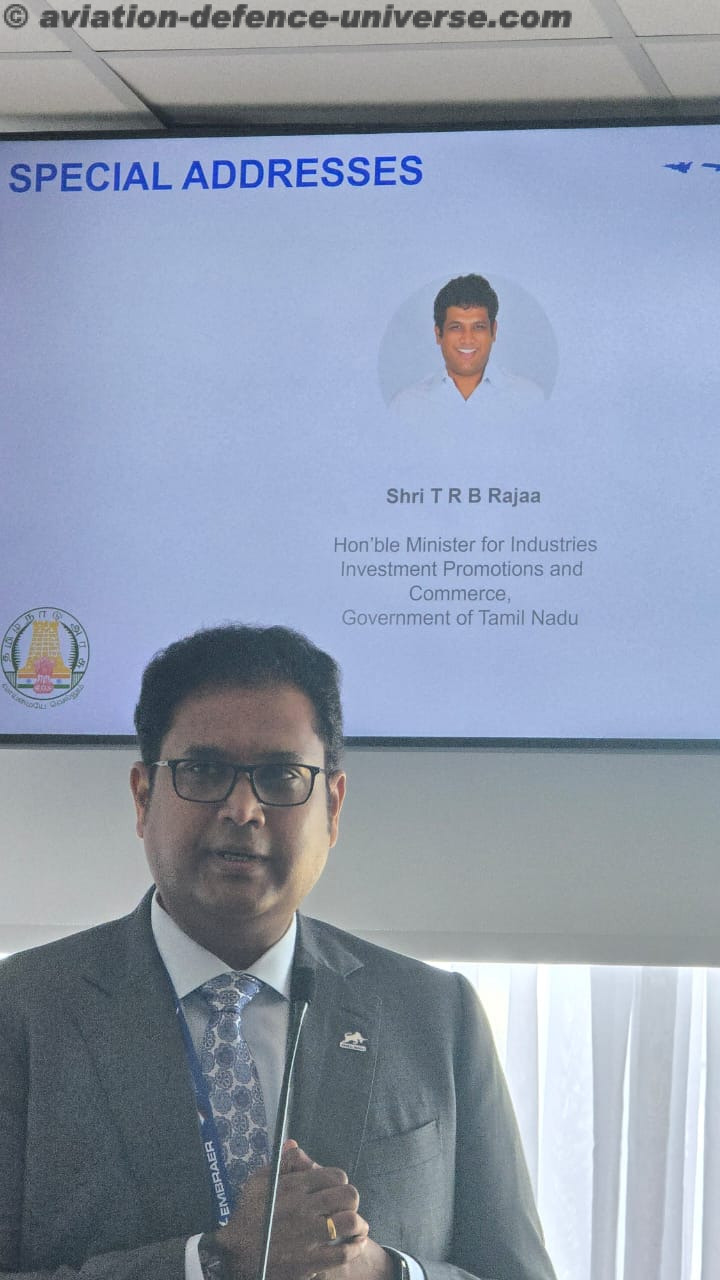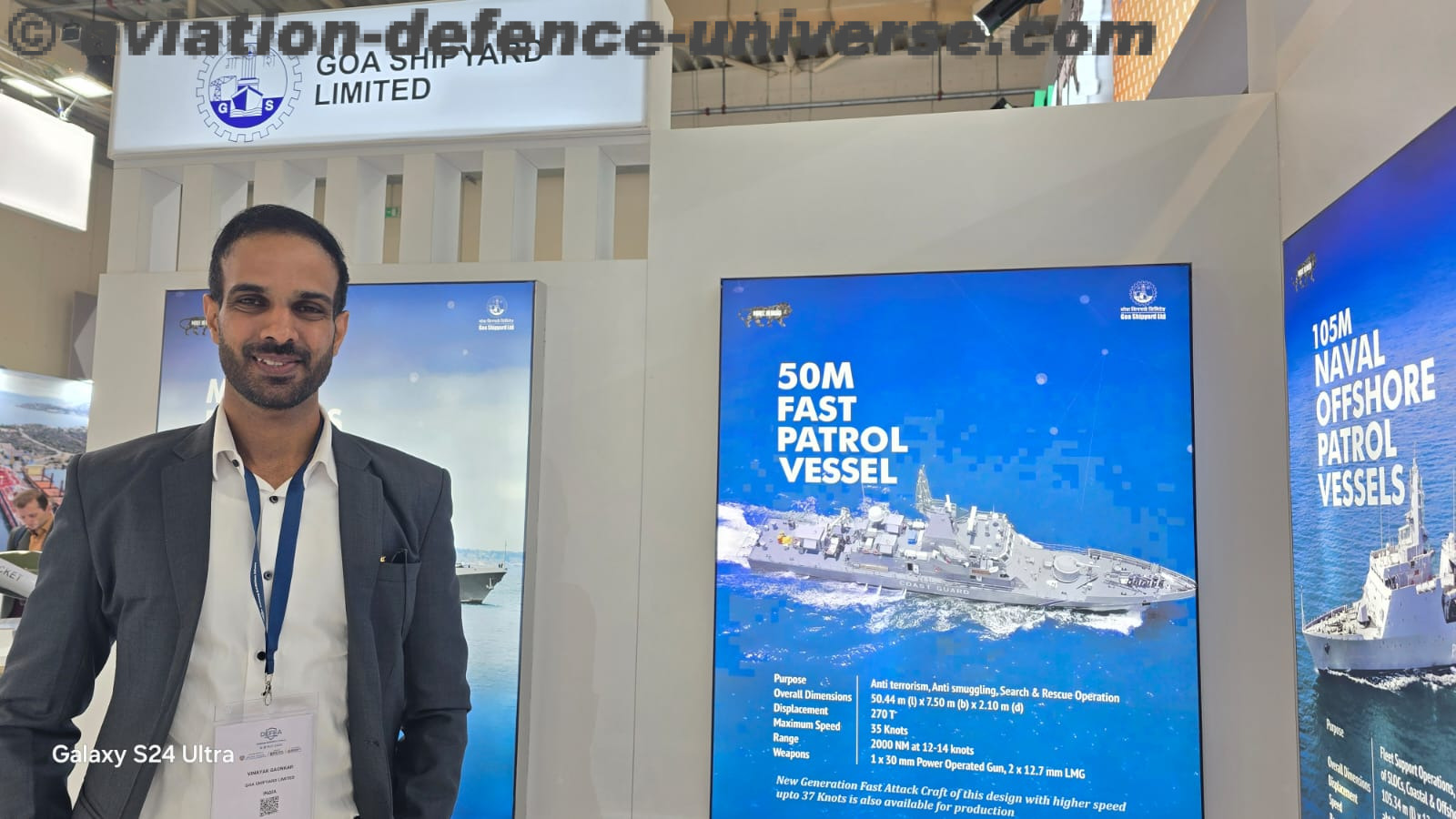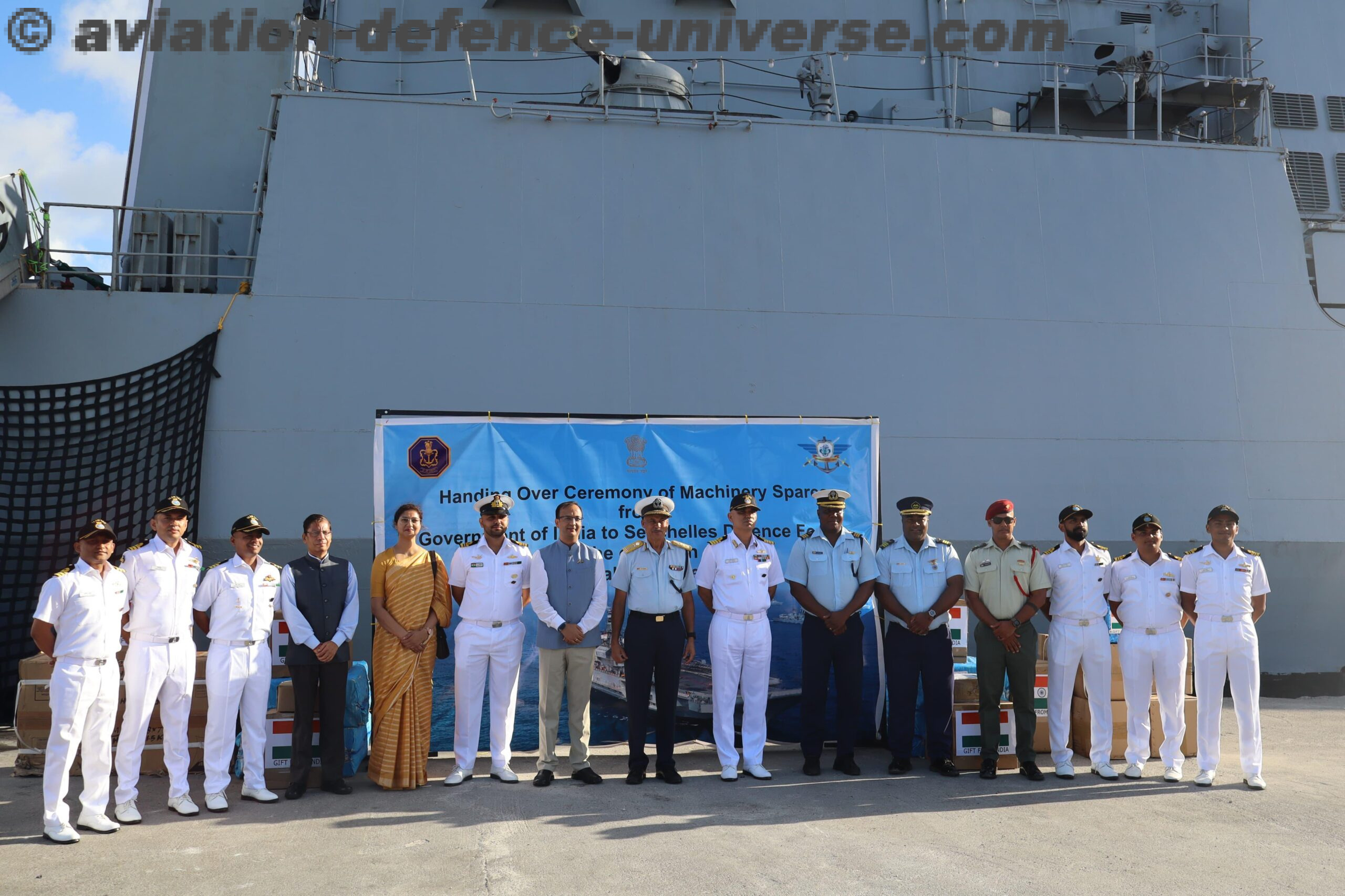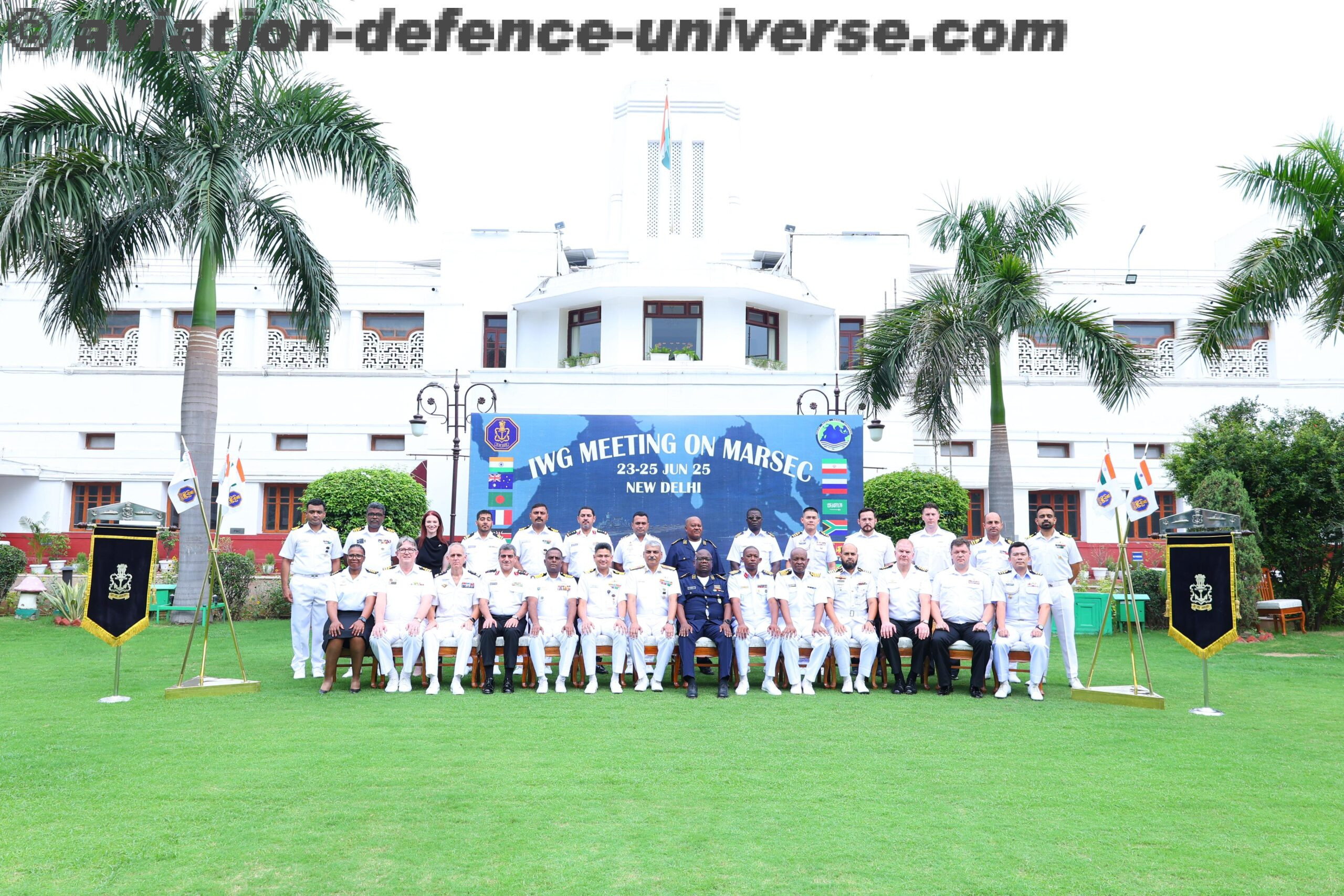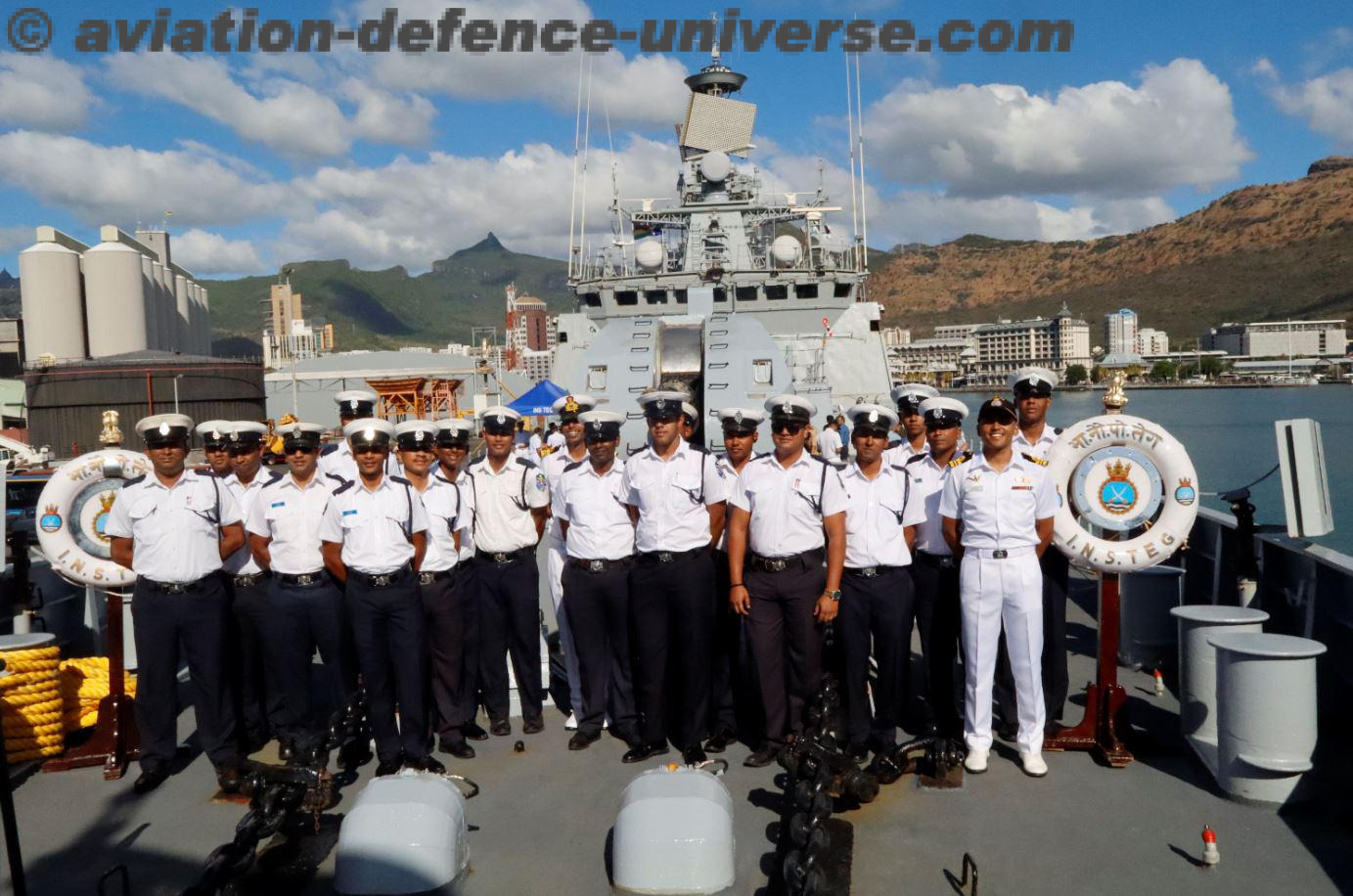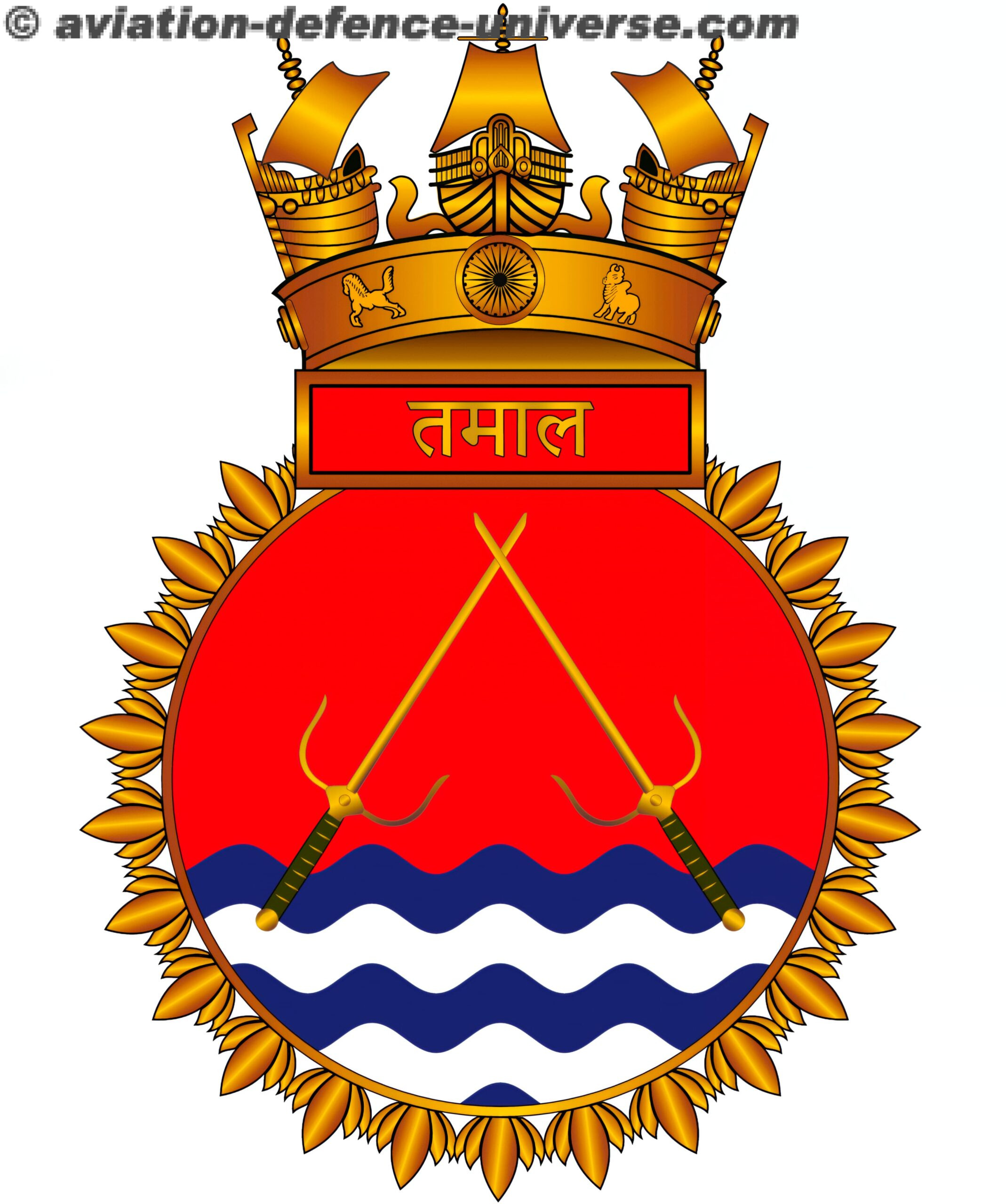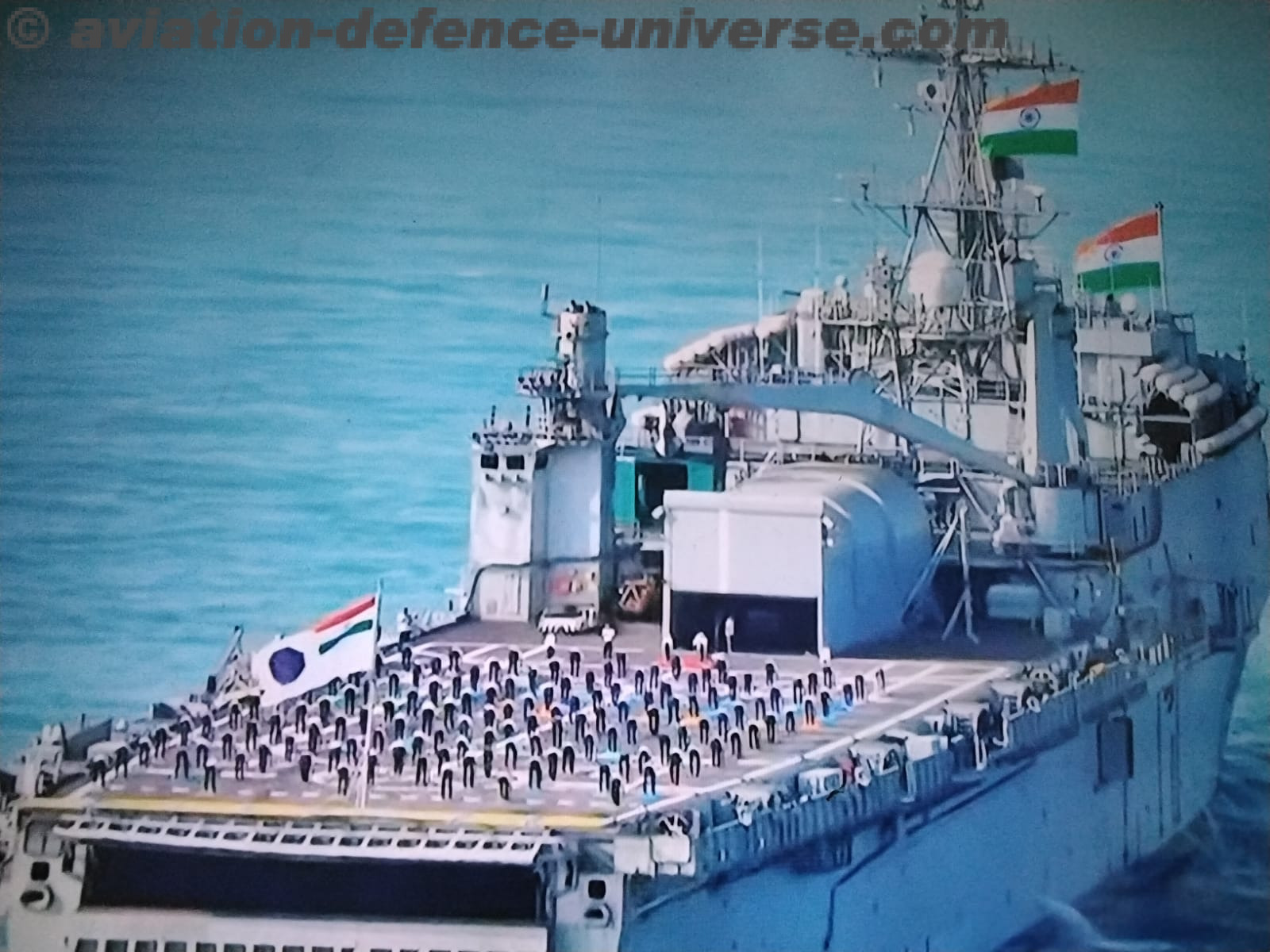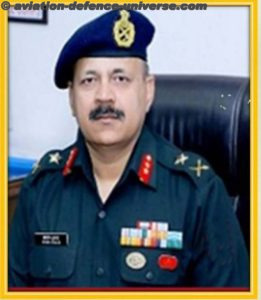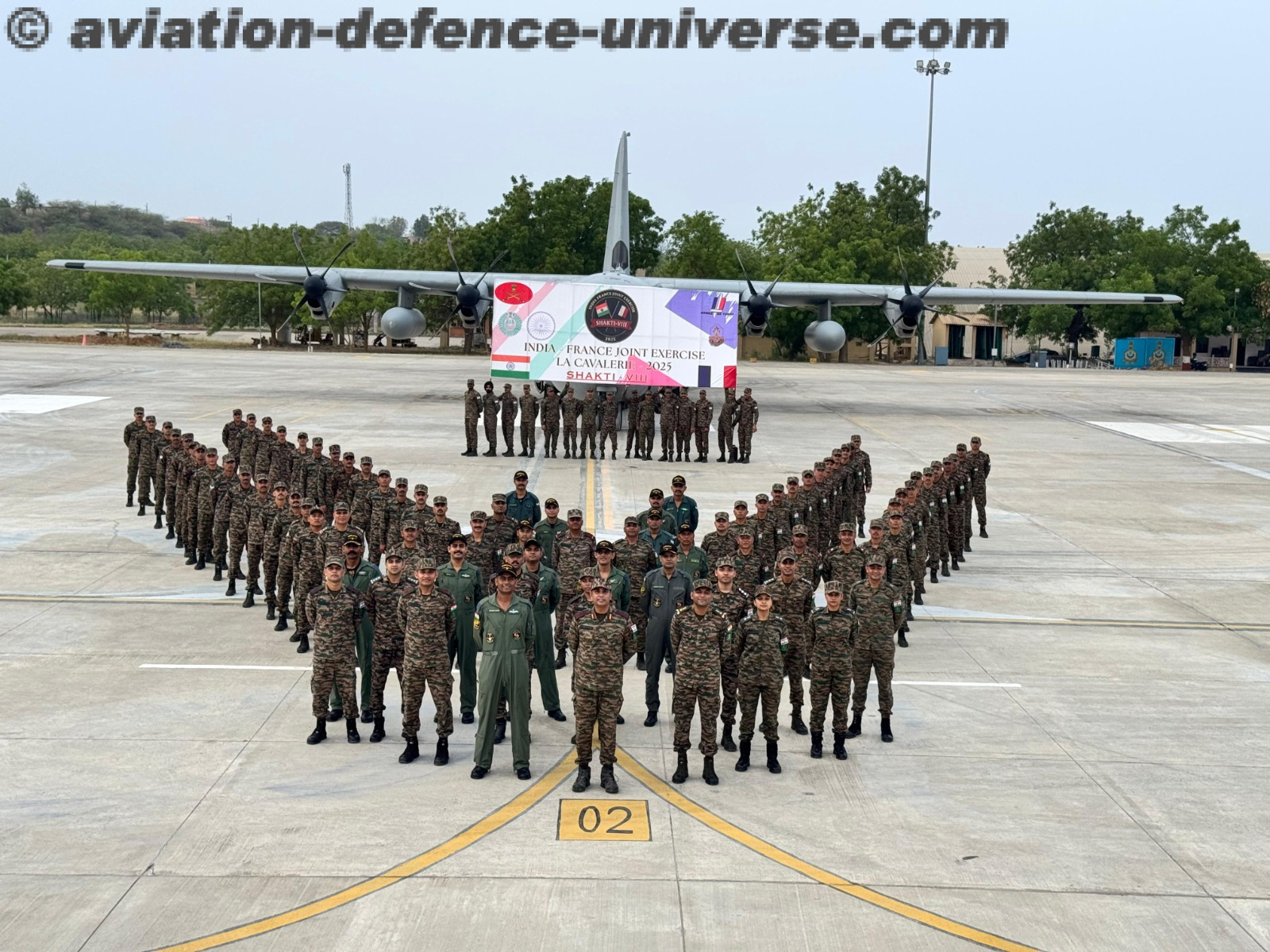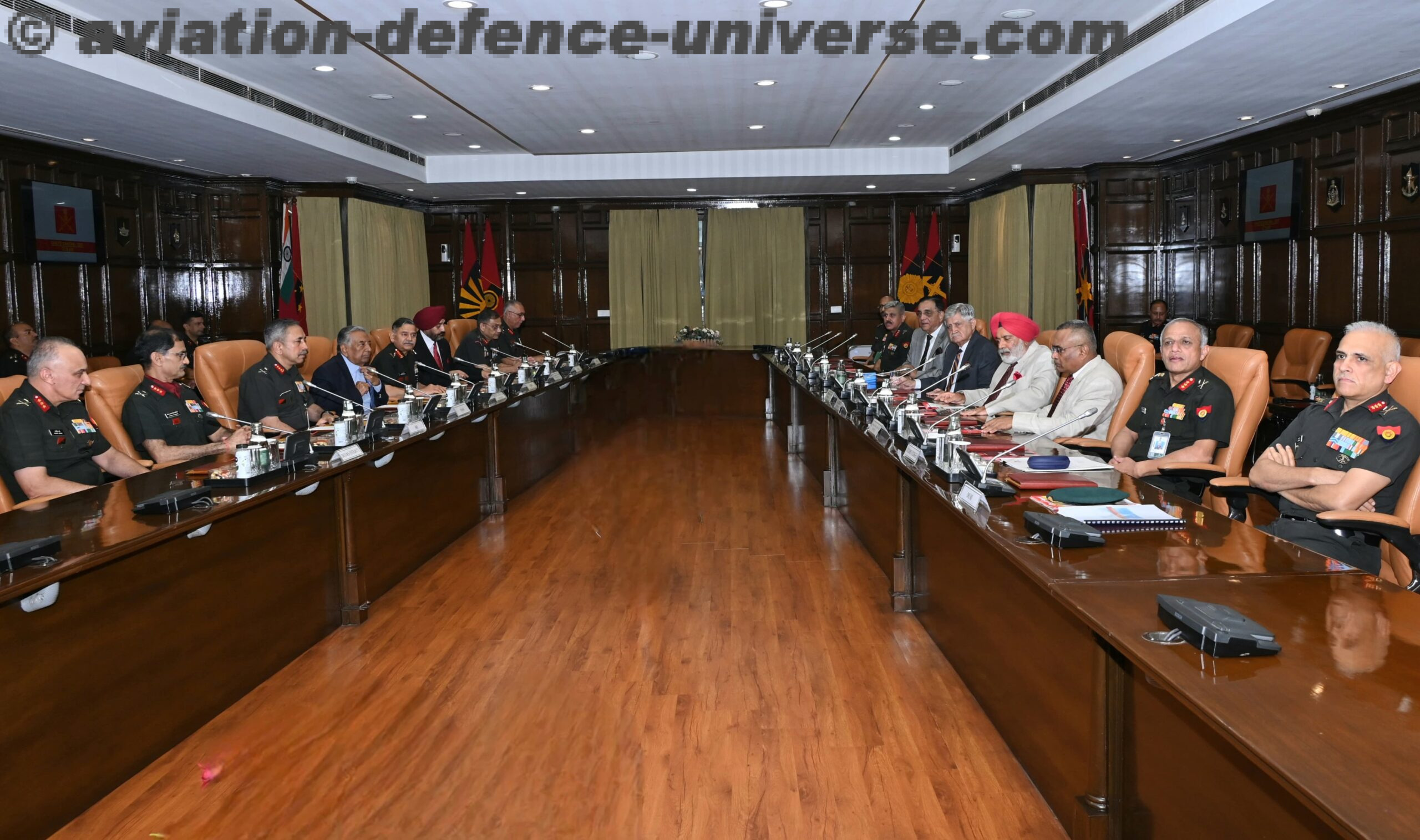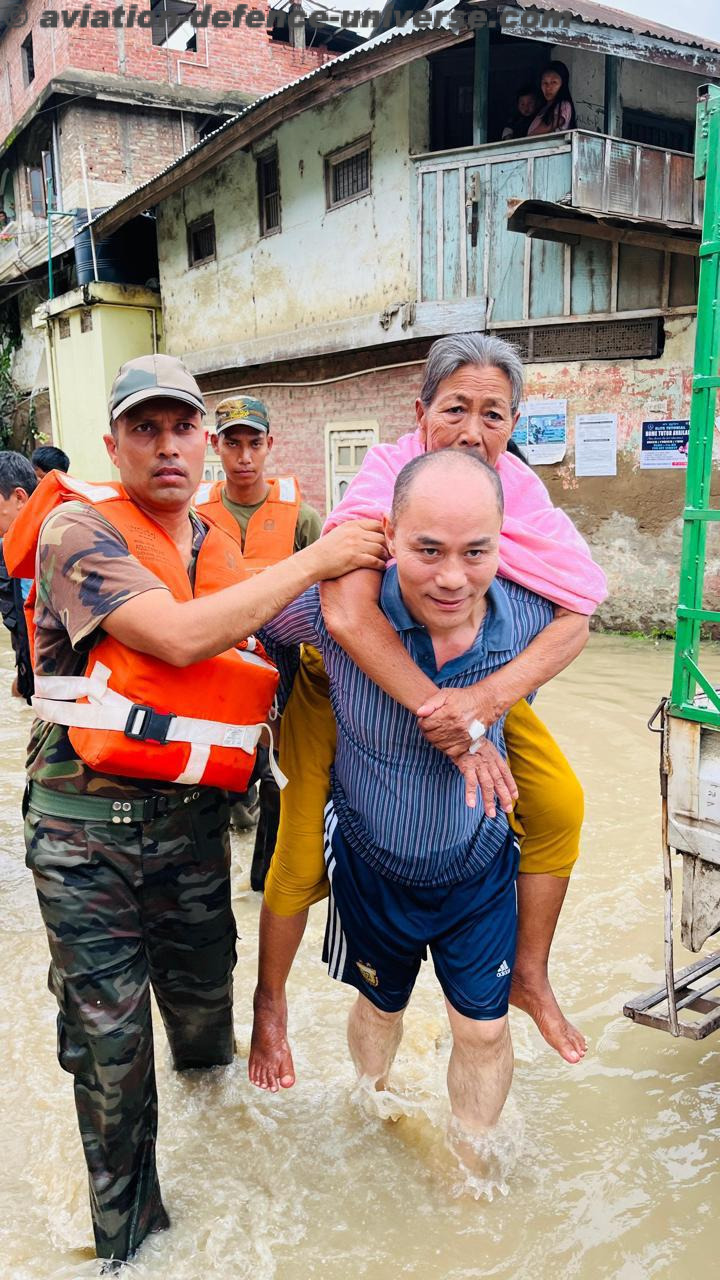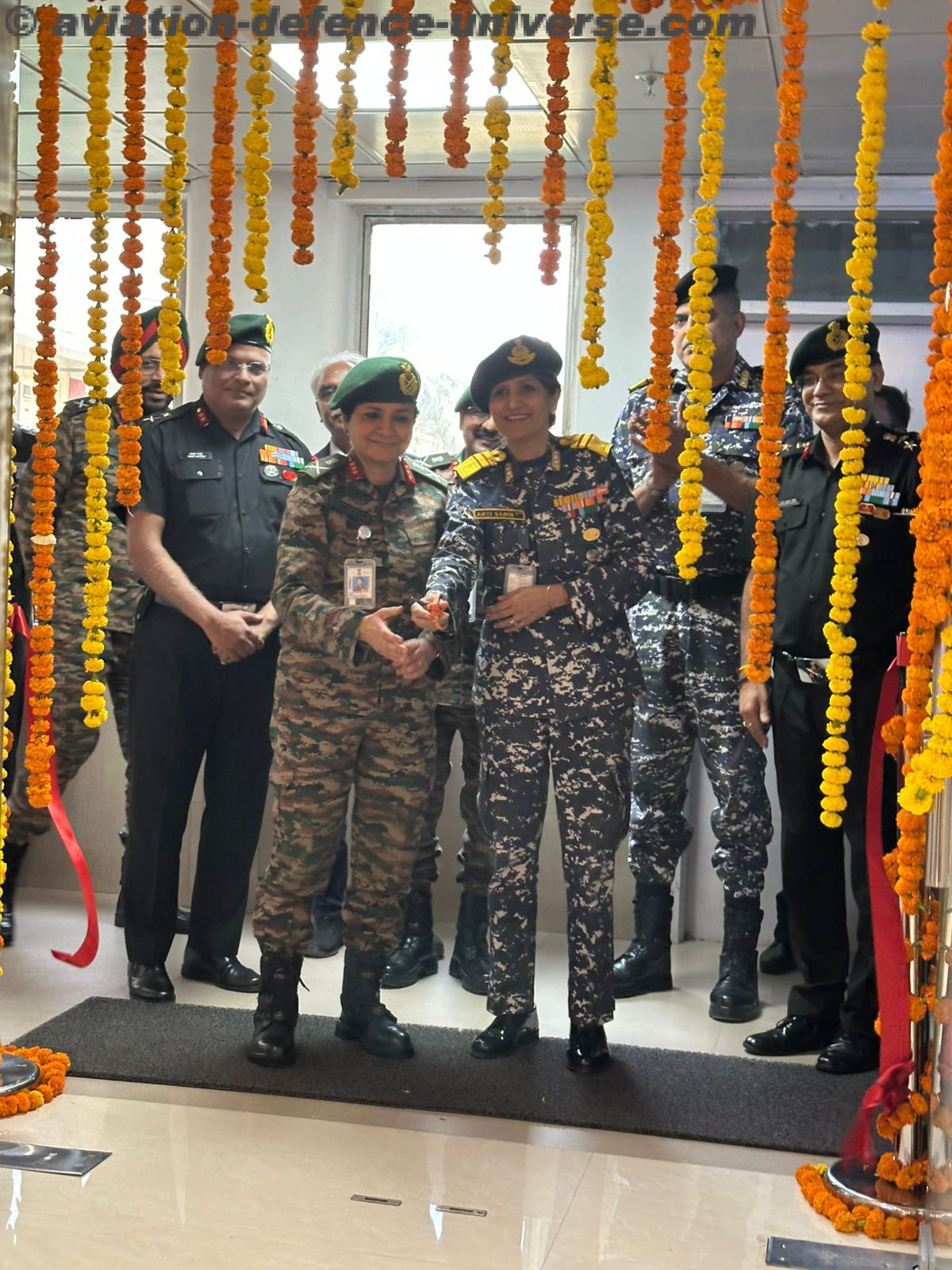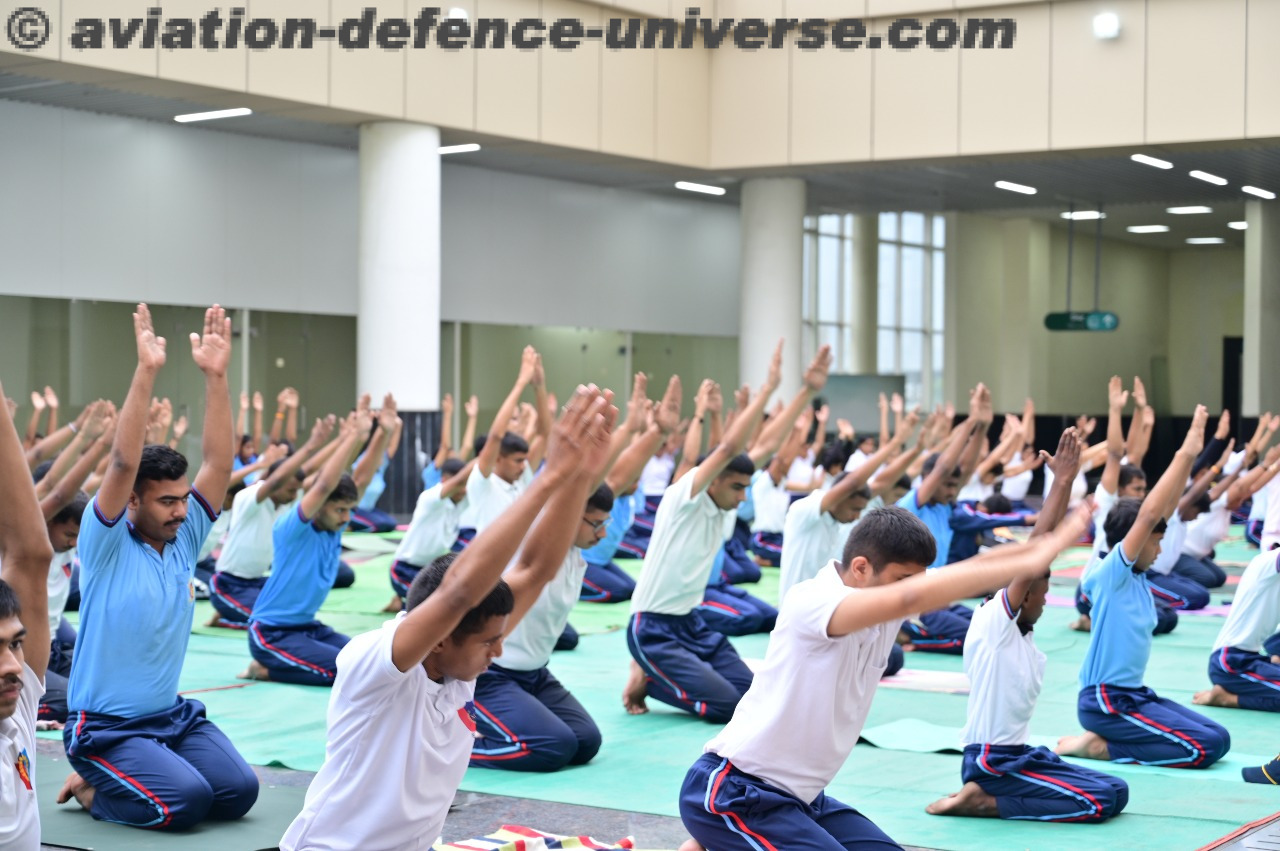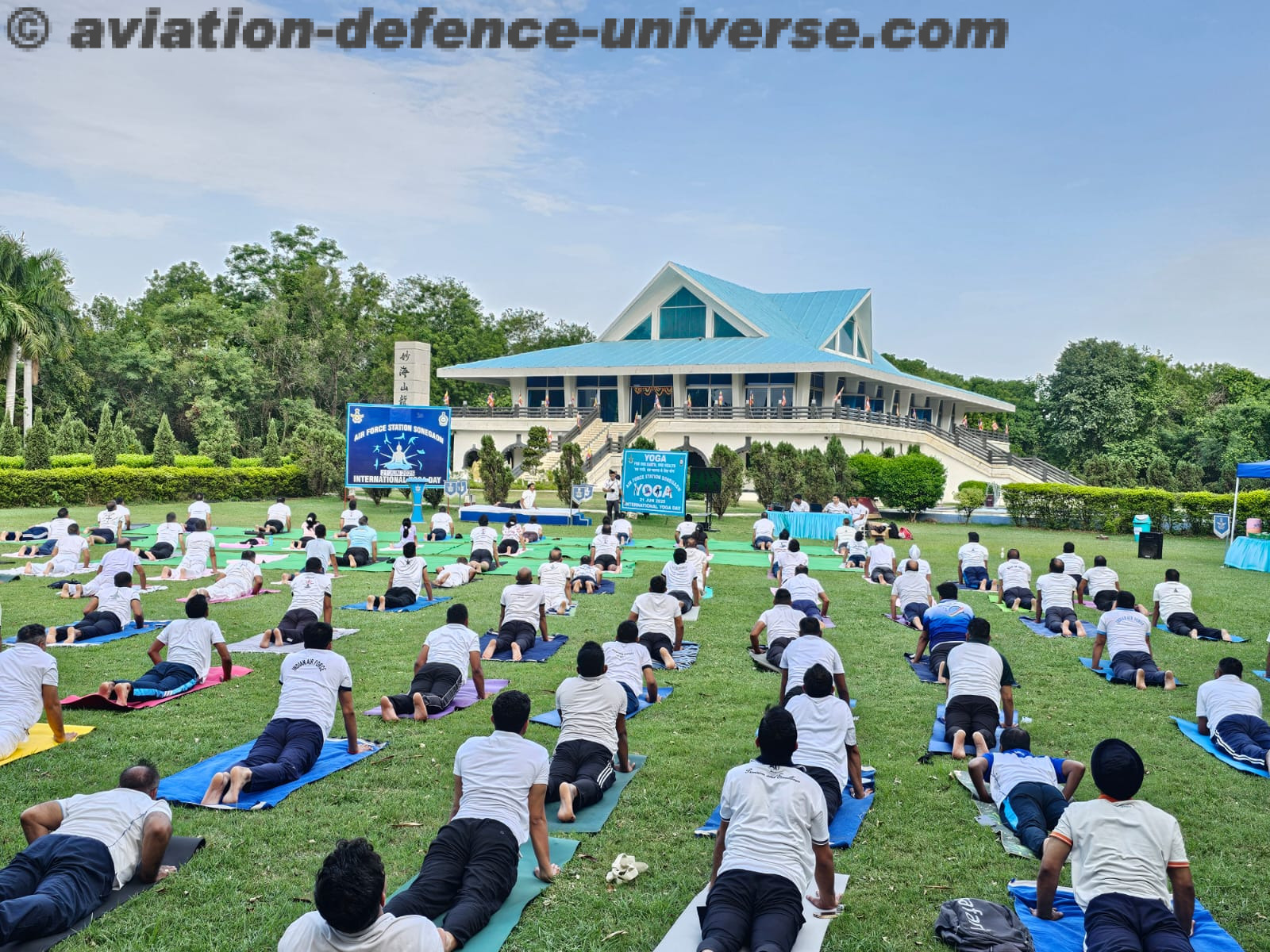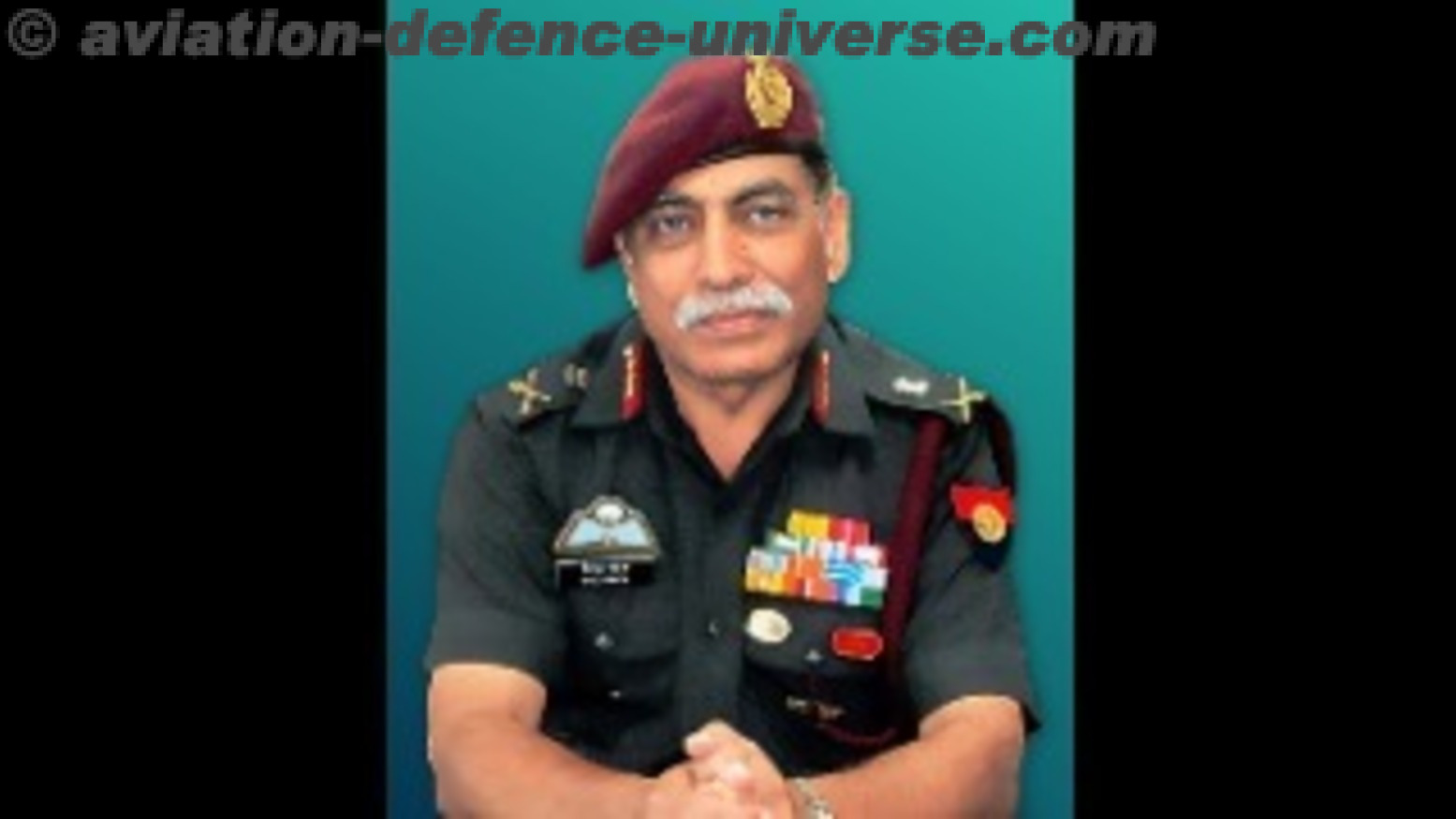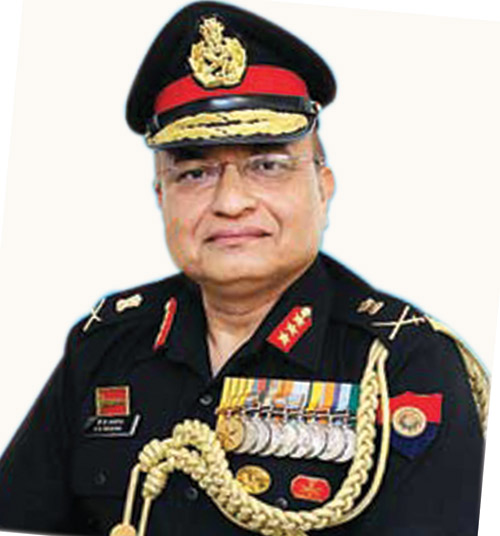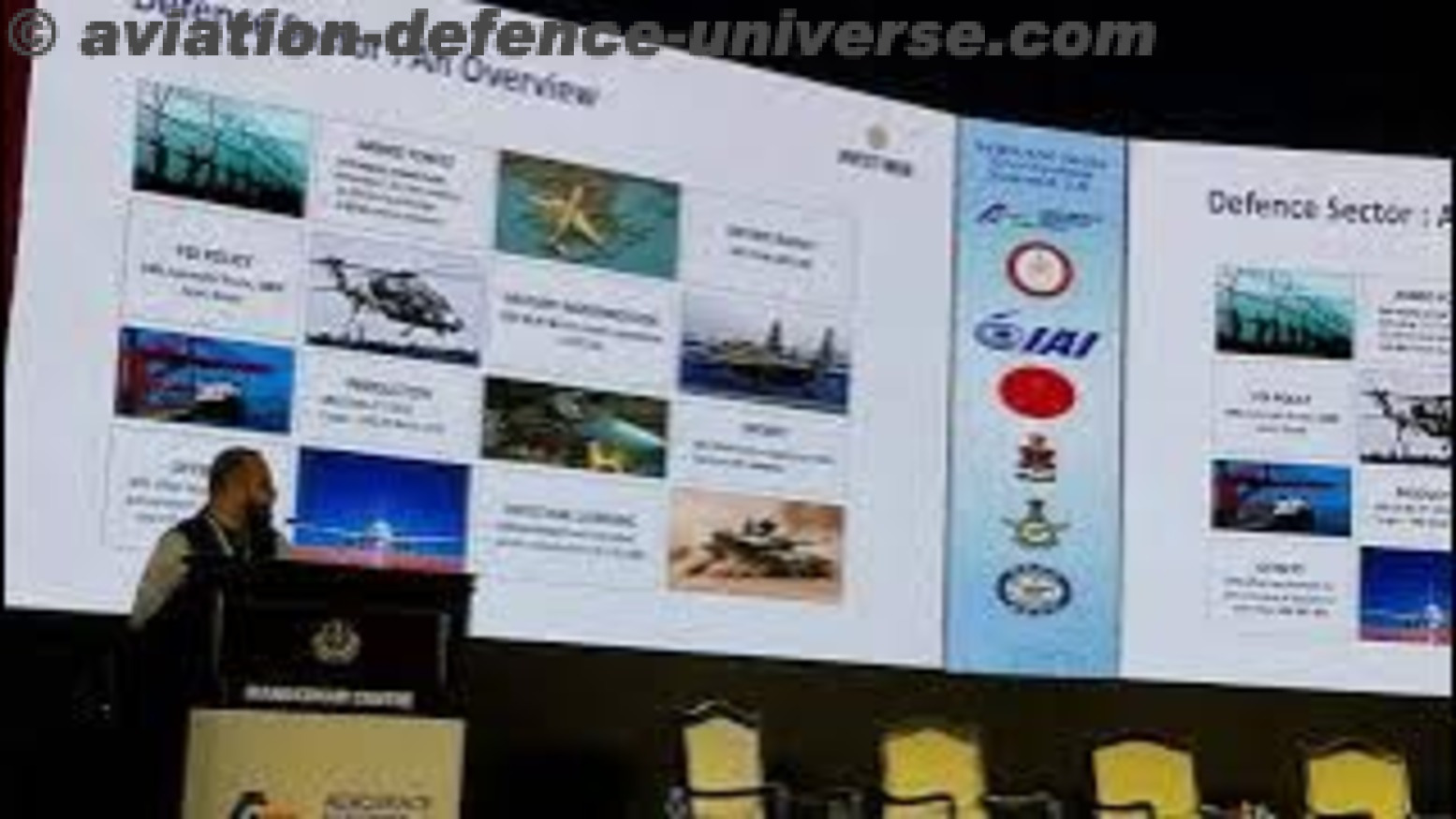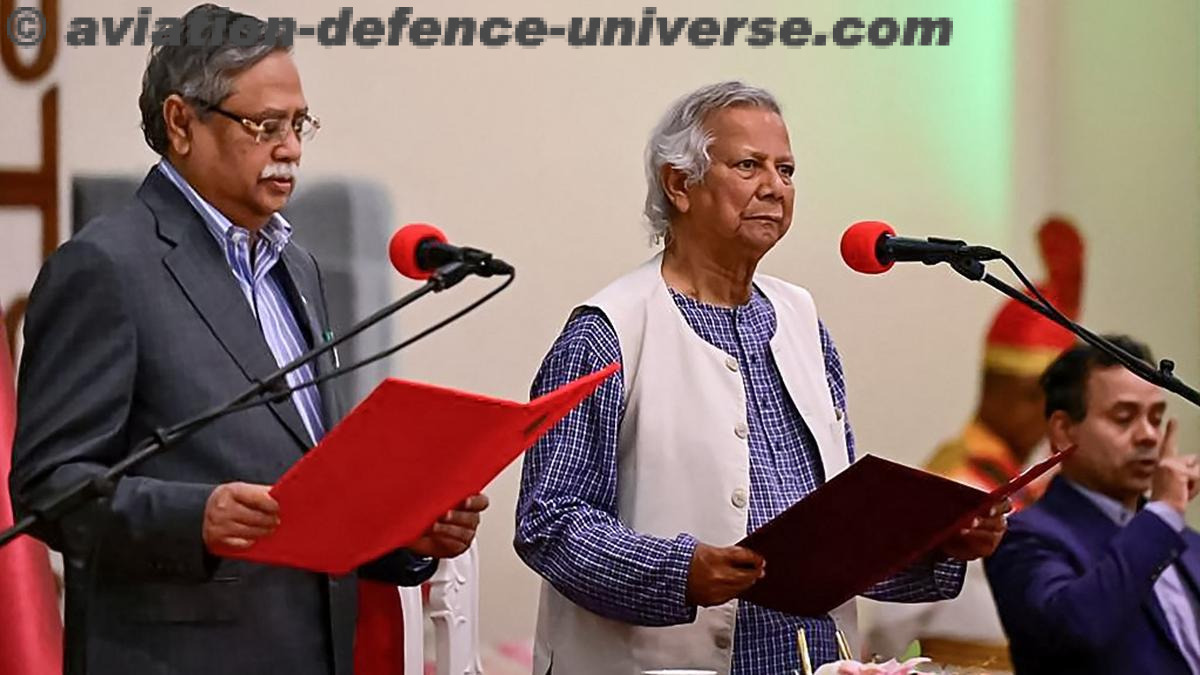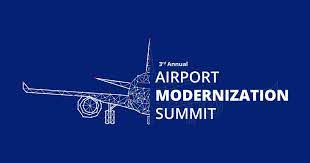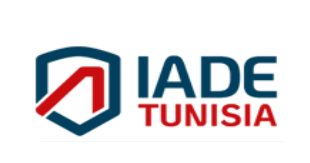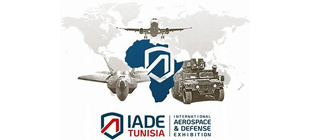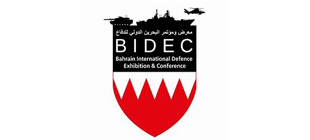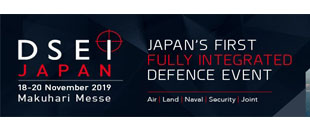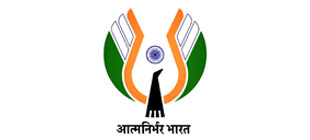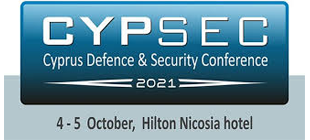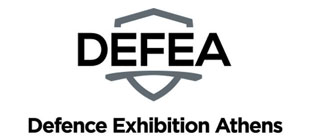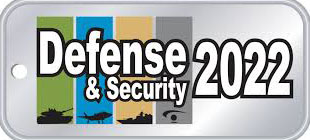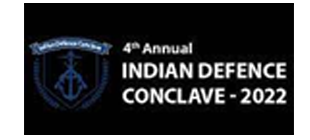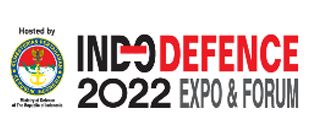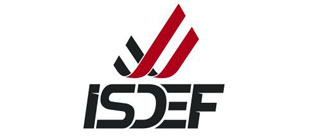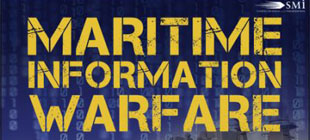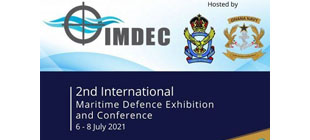
- Precision, Jointness, and Restraint: The Sindoor Doctrine Emerges
- India Redrawing the Rules of Engagement
- Ripple Effect: Defence, Diplomacy, and Deterrence
By Jai Kumar Verma
New Delhi. 13 June 2025. Operation Sindoor represents a turning point in India’s approach to counter-terrorism, highlighting a strategic framework grounded in precision, inter-service coordination, and ethical conduct. Following the tragic terror attack in Pahalgam, India’s response was carefully planned and intelligence-driven, targeting militant infrastructure with accuracy while minimizing civilian harm. What set this operation apart was the coordinated involvement of the Army, Air Force, Navy and intelligence organisations, reflecting a high level of operational jointness that ensured rapid and effective execution. At the same time, India’s restraint in avoiding collateral damage reinforced its commitment to responsible military action. This approach—combining sharp execution with principled conduct—is now being seen as the foundation of the emerging “Sindoor Doctrine,” signalling a shift in India’s military posture in complex, multi-domain conflict environments.
Operation Sindoor conducted by Indian armed forces against Pakistan on the night of 6-7 May 2025 gave several tactical, strategic and operational lessons not only to India but also to other countries which are facing analogous security problems. Delhi gave a forthright message to its adversary that in future there would be no passive deterrence and a direct action would be conducted if Islamabad sponsors any terrorist act in India. Delhi also made it clear that the days of nuclear blackmail is over and India would not distinguish between terrorists and their sponsors. It was also made it clear that terror and talks or terror and trade would not go together same way water & blood would not flow jointly.
Operation Sindoor was a military operation with full political concurrence. The Operation was well-planned, swift in action and delivered a clear message that in future if Islamabad would not stop low intensity war against India, Delhi’s response would be quick and stringent. Lot has been written about it but here we focus on key takeaways and lessons learnt. The first point is – Integrated Military Response Demonstrates Strategic Maturity. Operation Sindoor showcased India’s growing ability to coordinate its army, air force, and navy in a cohesive, rapid-response framework. This joint operation illustrates the operational synergy India is building among its armed forces. Takeaway: The Indian military’s joint response posture signals to adversaries that any provocation can lead to a swift and unified counter-offensive, raising India’s deterrence value in the region.
The second focus is – Precision Strikes and Ethical Warfare Shape Global Perception. By carefully avoiding civilian areas and focusing on terrorist infrastructure, India demonstrated strategic restraint and professionalism in warfare. This allowed New Delhi to maintain the moral high ground. Takeaway: A focus on targeted military action with minimal collateral damage strengthens India’s image as a responsible power, making it more difficult for adversaries to draw international criticism.
The third point is – Public Diplomacy and Narrative Control Are Crucial. Following the operation, the Indian government and armed forces emphasized operational ethics, transparency, and success. This helped shape both domestic morale and international perceptions. Takeaway: In today’s media-driven world, managing how a military action is portrayed can be as important as the action itself. Strategic communication enhances deterrence and international legitimacy. India needs to work on this.
The fourth focus is – Cross-Border Doctrine Gains Ground. Operation Sindoor reaffirmed India’s stance that it reserves the right to respond militarily across borders when provoked by acts of terrorism. This doctrine has evolved since earlier actions such as the 2016 surgical strikes and the 2019 Balakot air strikes. Takeaway: India has institutionalized a new threshold for retaliation, reinforcing its resolve against terrorism and signalling a shift in traditional conflict norms in South Asia.
The fifth point is – Crisis Management Without Escalation. Despite a retaliatory drone campaign from across the border, India opted for a calculated response instead of escalation. This demonstrated strategic depth and a preference for controlled conflict dynamics. Takeaway: India is mastering the art of limited warfare—asserting strength while preventing larger conflicts. This balance is key in a nuclear-armed region with complex geopolitical fault lines.
The sixth focus is – Technology as a Force Multiplier. The operation reportedly used drones, precision-guided weapons, and real-time intelligence. These tools gave India a tactical edge and allowed for rapid decision-making and effective execution. Takeaway: Technological superiority is increasingly central to modern military strategy. Investing in ISR, unmanned systems, and AI-enabled tools is critical to maintaining an operational advantage.
The seventh point is – Diplomatic Preparedness Enhances Strategic Space. India’s calibrated military response did not draw significant international backlash. On the contrary, many nations acknowledged its right to self-defence and praised its measured approach. Takeaway: India’s global diplomatic engagements, especially with key partners, provide the political space needed to carry out security operations while maintaining international support.
Operation Sindoor is a powerful example of a nation using a mix of military precision, technological capability, and diplomatic prudence to respond to asymmetric threats. It offers important lessons in how to maintain regional stability while defending national interests—lessons that are increasingly relevant in today’s era of hybrid warfare and great power competition. Operation Sindoor was an integrated operation of Indian defence forces in which Army, Air Force and civilian organisations worked in unison. All showed close cooperation and coordination. India used precision-guided munitions under which minimum damage was done to civilian targets and India’s approach was non-escalatory. India showed its technological expertise by using precision munitions like SCALP & HAMMER, cruise missiles, armed drones and incapacitated critical terrorist infrastructure. India also showed its logistical readiness in a short but high intensity operation.
The operation gave paradigmatic lessons. The operation was not merely a reprisal but it delivered an instant justice, enhanced the cost of adversary and also gave a message that in future more stern action would be taken. Indian armed forces destroyed nine terrorist camps located in Pakistan and Pakistan Occupied Kashmir (POK) including headquarters of Lashker-e-Toiba at Muridke and Jaish-e-Mohammed at Bahawalpur. More than 100 terrorists including terrorists involved in IC-814 hijacking and in Pulwama terror attack in 2019 were exterminated.
India also attacked and damaged 11 airbases of Pakistan Air Force. India did it with full immunity and made it clear that India has capacity to attack any part of Pakistan without any difficulty. India abandoned the policy of ‘strategic restraint’ and clarified that now there would be no restraint and not only the terrorists but their mentors would also be punished. Delhi gave an unambiguous message that in place of reactive defence India’s response would be assertive and as per the hopes of the masses.
India also decided that it would care less about the international pressure as China, USA, Europe and few Muslim countries may support Pakistan directly or indirectly. Delhi would work for national interest without caring much about external support. India learnt that for winning war only military strength is not enough. Country needs strong economy, developed infrastructure, actionable intelligence and latest technology.
India needs speedy development of science & technology. Operation Sindoor succeeded because of pinpointed intelligence gathered through human intelligence and through satellite imageries, cyber ability and unmanned systems. However, India needs to strengthen its intelligence setup at ground level because large number of intelligence organisations including R&AW, Intelligence Bureau, Army intelligence, intelligence organisations of CPOs and intelligence departments of state police are active in J&K but no one could give any indication about terrorist attack at Pahelgam. The intelligence agencies should try to recruit more lower-level assets as they can provide day-to day information about the activities of terrorists active in their areas. The culprits of Pahelgam terrorist attack are still not punished. It took about 20 minutes for security personnel to reach at Baisaran meadow, in Kashmir the response time should be much lesser.
Drones are playing important role in the conflict & Pakistan sent hordes of drones to India, although India neutralised large number of them but India should give emphasis on the indigenous production of drones. India needs to upgrade its Air Force also. At present IAF has only 31 squadrons though the sanctioned strength is 42 squadrons, not only this India needs fifth-generation fighters although China is testing sixth-generation J-20 fighters.
In present era war is fought not only in battlefield but also in domestic as well as in international arena. Identifying the operation as ‘Sindoor’ was emblematic and Ministry of External Affairs (MEA), Army and Air force continuously gave information about the operation to the countrymen without compromising the secrets of the operation.
India also shared relevant details with the international media and also sent seven delegations to 32 countries including Belgium the headquarters of European Union. These seven delegations consist of 59 members of different political parties and they were assisted by former diplomats. These delegations would convey to the world that India has launched ‘Operation Sindoor’ after the massacre of innocent tourists by terrorists in Pahalgam on 22nd April, 2025. These delegations also gave strong message to the world that India has the policy of zero tolerance against terrorism. India also gave a message that though it was winning but it avoided a full-scale war. The diplomatic efforts are necessary because the global media particularly Western media was not mentioning about Pakistan sponsored terrorist attack in Pahelgam or India’s restricted response. India first destroyed only the terrorist camps and later attacked only PAFs airbases and caused no civilian casualties. The Western media leaned more towards Pakistan which shows its biased views. and also indicates that Islamabad gave more importance to projection.
In response to Pahalgam terrorist attack by Pakistan sponsored terrorists, India’s response was mature and far reaching. (i) India suspended the Indus Waters Treaty till Islamabad stops cross-border terrorism(ii) Number of Pakistani embassy/Consulate personnel was considerably slashed. Few Pakistani diplomats were declared persona non grata (iii) Visas of Pakistani nationals, was revoked and they were expelled from India including SAARC visa holders. (iv) Attari-Wagah border was closed.
Pakistan also launched Operation “Bunyan al-Marsus” on 8-9 May to retaliate India’s Operation Sindoor. On 10 May, Pakistan’s Director General of Military Operations (DGMO) called the Indian DGMO and requested for ceasefire and both sides agreed to stop firing and military actions across land, air, and sea from 1700 hours IST. Meanwhile U.S. President Trump declared that he brokered the ceasefire between India and Pakistan. India categorically denied the claim and gave the fact that ceasefire occurred after the call of DGMO of Pakistan.
Pakistan not only played the victim card but also gave false and inflated claims of Indian losses. Islamabad cunningly hid it’s terrorist connections and mentioned more about human rights violations, freedom of religion and danger of repression by India. In targeting these terror bases, India decimated over 100 terrorists, including those involved in the IC-814 hijacking and the Pulwama terror attack in 2019. Even JeM founder Masood Azhar claimed that 10 members of his family had died in the military strikes. Nonetheless India countered this propaganda through open-source intelligence and satellite imagery.
In the present scenario diplomatic offensive is important hence India should establish a Strategic Communications Cell in National Security Council Secretariat (NSCS) where MEA, Ministry of Defence (MoD) and intelligence organisations representatives regularly meet and provide the details of ongoing conflict to media. As the cell has representatives of all organisations which are taking active part in the conflict, only those details should be provided which are relevant for the masses, national media and for the international media. These details should not reveal the technical or strategic details of the conflict which can be utilised by the enemy.
Besides short-term measures India should also cultivate long-term assets in internationally active thinktanks, big international as well as domestic media houses. Journalists of Indian origin as well as strong Indian diaspora can also play vital role in explaining Indian viewpoint to international audience. The importance of digital and social media is considerably enhanced; hence India should also use X, LinkedIn, Instagram, YouTube etc. and recount its viewpoint. Indian domestic media with international reputation and the domestic media can also highlight Indian viewpoint. Though in the beginning the western media reports were more favourable to Pakistan but soon India gave ample proves and western media had to change its projection.
In future, wars would be won through artificial intelligence (AI), space dominance, hypersonic platforms just to name few, hence India must enhance its capabilities on these fronts. India’s strength lies in national unity, cohesion, democratic traditions and in maintenance of supremacy of the constitution hence these virtues must be kept intact.
(Jai Kumar Verma is a Delhi-based strategic analyst and member of United Services Institute of India and The Manohar Parrikar Institute for Defence Studies and Analyses,. The views in the article are solely the author’s. He can be contacted at editor.adu@gmail.com)



